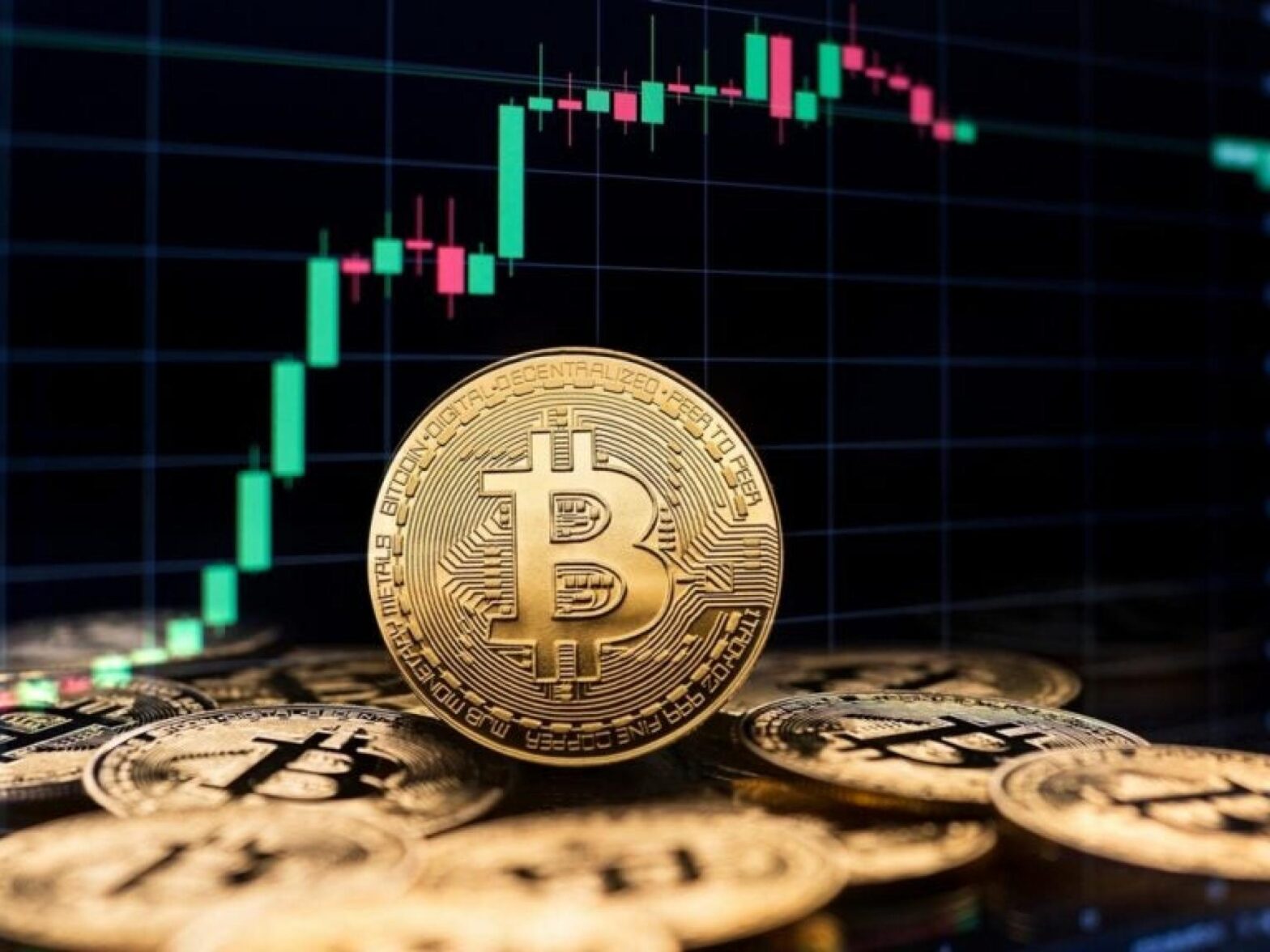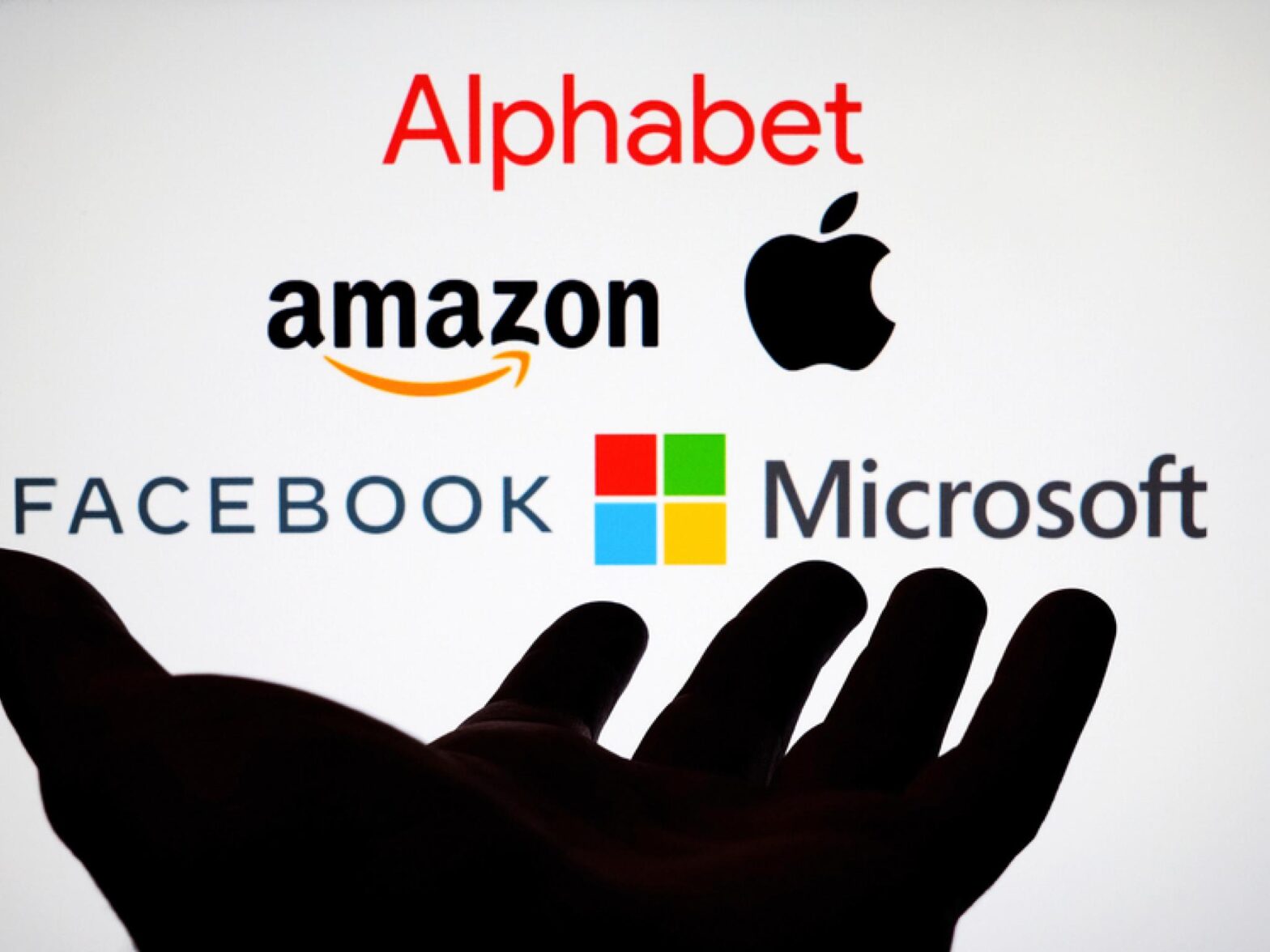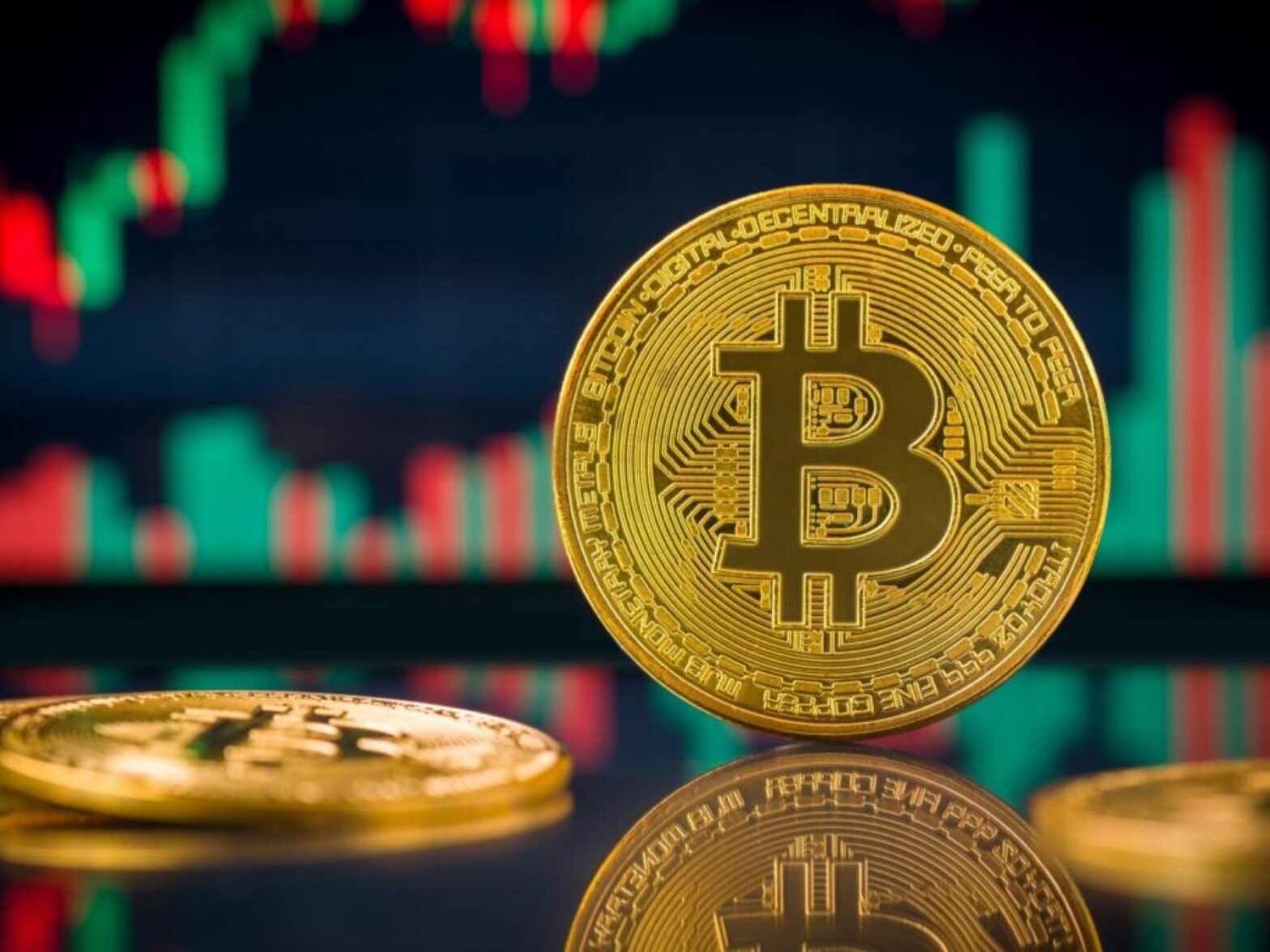Investment bank Jefferies termed the recent Bitcoin (CRYPTO: BTC) Conference, where former President Donald Trump pledged to “fire Gary Gensler,” a turning point in the industry’s relationship with Washington.
What Happened: “His overtures to the industry to install crypto-friendly regulators may have the effect of near-term BTC price being tied to the outcome of the U.S. presidential election,” said Jefferies analysts Jonathan Petersen and Joe Dickstein.
Trump’s promises to maintain a strategic Bitcoin reserve, appoint pro-crypto regulators and establish a presidential advisory council for the industry have sent shockwaves through the market.
While this newfound political support is a recent development, its impact on Bitcoin’s price could be significant, especially as the US heads towards a presidential election.
On the mining front, the post-halving landscape is shaping up differently than initially anticipated, according to Jefferies.

Also Read: Bitcoin Drops Below $67,000: What Is Going On With Bitcoin, Ethereum ETFs?
Bitcoin’s price has increased by around 5% since the halving in April, while the network’s hashrate has declined by 8% over May and June.
This has led to improved profitability for miners, although revenue per unit of computing power (exahash) is still down by 40-45%.
Despite these challenges, major mining companies are continuing to invest in expanding their operations. However, the industry is also undergoing a consolidation phase.
Recent deals, such as CleanSpark‘s (NASDAQ:CLSK) acquisition of GRIID and Riot Platforms‘ (NASDAQ:RIOT) bid for Bitfarm (NASDAQ:BITF), which was rejected, highlight the growing importance of access to cheap energy in the mining sector.
“Access to power is far more valuable than the mining fleets,” Jefferies noted.
What’s Next: The upcoming Benzinga Future of Digital Assets event on Nov. 19 will provide a platform to delve deeper into these trends and discuss their implications for the future of the cryptocurrency market.
Read Next:
Image: Shutterstock





